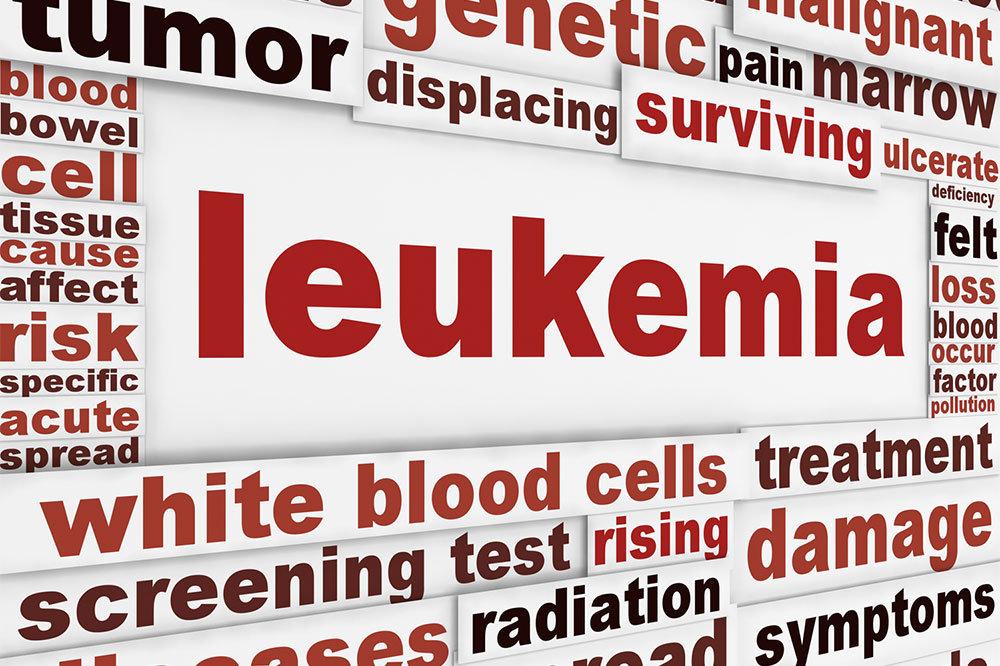
Symptoms, causes, and risk factors of leukemia
Leukemia is a type of cancer that affects the blood and bone marrow. Bone marrow is a soft, spongy tissue that produces red blood cells, white blood cells, and platelets. Typically, leukemia affects the leukocytes or white blood cells, making them function abnormally. These blood cells play a crucial role in protecting the body against external bacteria, viruses, fungi, and other foreign substances. Read on to learn about the symptoms, causes, and risk factors of leukemia.
Signs and symptoms
There are several types of leukemia, and the symptoms vary depending on the type. While certain forms of leukemia do not show symptoms in the early stages, others progress much more quickly, and symptoms may aggravate in a short time. Leukemia symptoms include the following.
- Excessive perspiration or sweating at night
- Fever or chills
- Prolonged fatigue, weakness
- Loss of appetite
- Frequent or severe infections
- Bone pain and tenderness
- Swollen lymph nodes, enlarged liver or spleen
- Abdominal discomfort
- Headaches
- Easy bleeding or bruising
- Shortness of breath
- Frequent infections
- Petechiae, or tiny red spots under the skin
If cancer cells affect the central nervous system, a wide range of symptoms can occur. These include nausea, vomiting, confusion, loss of muscle control, seizure, and headache. The cancer cells can also damage other parts of the body, such as the lungs, gastrointestinal tract, heart, kidneys, and testes.
Causes and risk factors
The exact cause of leukemia is unknown. However, researchers believe that genetic and environmental factors play a role in its development. Researchers have also found out that leukemia occurs when the DNA of a single cell in the bone marrow changes and starts functioning abnormally.
Following factors have also been linked to an increased risk of developing leukemia.
- Previous cancer treatment: Cancer patients that have received radiation therapy or chemotherapy for other forms of cancer are at a higher risk for certain types of leukemia.
- Genetic conditions: Having certain genetic disorders, such as Down syndrome, neurofibromatosis, Klinefelter syndrome, increases the risk of developing leukemia.
- Family history of leukemia: Having parents, siblings, or other relatives with leukemia increases an individual’s likelihood of being diagnosed with the disease.
- Exposure to certain chemicals : Exposure to hazardous chemicals like benzene has been associated with an increased risk of developing certain forms of leukemia. Benzene is commonly found in gasoline and used in chemical industries.
- Smoking cigarettes : Smoking increases the risk of developing acute myelogenous leukemia.


